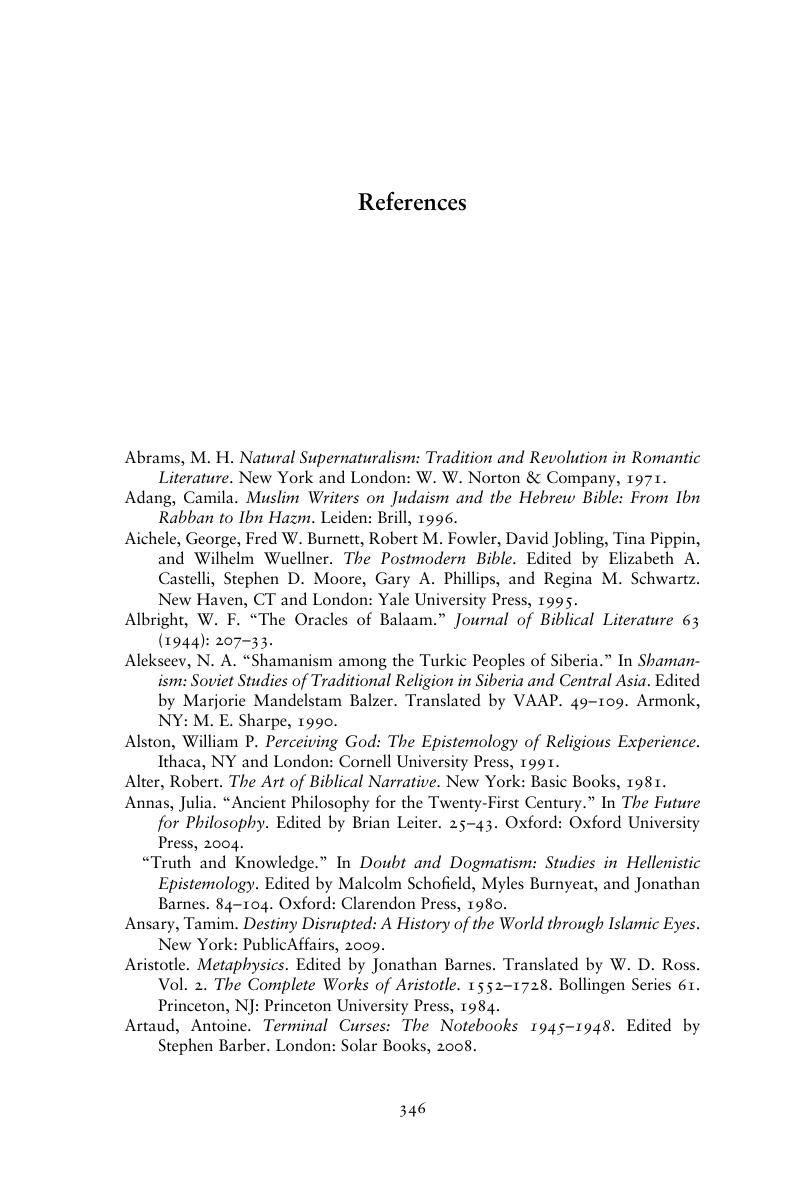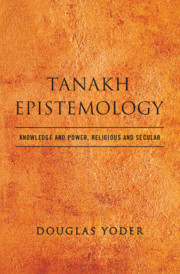Book contents
- Tanakh Epistemology
- Tanakh Epistemology
- Copyright page
- Dedication
- Contents
- Preface
- Acknowledgments
- Introduction
- 1 Reading Epistemology in the Tanakh
- 2 Unveiling Knowledge/Power
- 3 Apokalypto, Revelation, Imperium
- 4 A Revelatory Observable
- 5 Sees Hears Knows
- 6 Qoheleth’s Critique of Wisdom, Knowledge, and Critical Thought
- 7 Tanakh Epistemology in Modernity
- 8 Tanakh Epistemology and Postmodernism
- 9 Synthesis
- 10 Consequences
- Conclusion
- References
- Tanakh References
- Index
- References
- Tanakh Epistemology
- Tanakh Epistemology
- Copyright page
- Dedication
- Contents
- Preface
- Acknowledgments
- Introduction
- 1 Reading Epistemology in the Tanakh
- 2 Unveiling Knowledge/Power
- 3 Apokalypto, Revelation, Imperium
- 4 A Revelatory Observable
- 5 Sees Hears Knows
- 6 Qoheleth’s Critique of Wisdom, Knowledge, and Critical Thought
- 7 Tanakh Epistemology in Modernity
- 8 Tanakh Epistemology and Postmodernism
- 9 Synthesis
- 10 Consequences
- Conclusion
- References
- Tanakh References
- Index
- References
Summary

- Type
- Chapter
- Information
- Tanakh EpistemologyKnowledge and Power, Religious and Secular, pp. 346 - 365Publisher: Cambridge University PressPrint publication year: 2020



